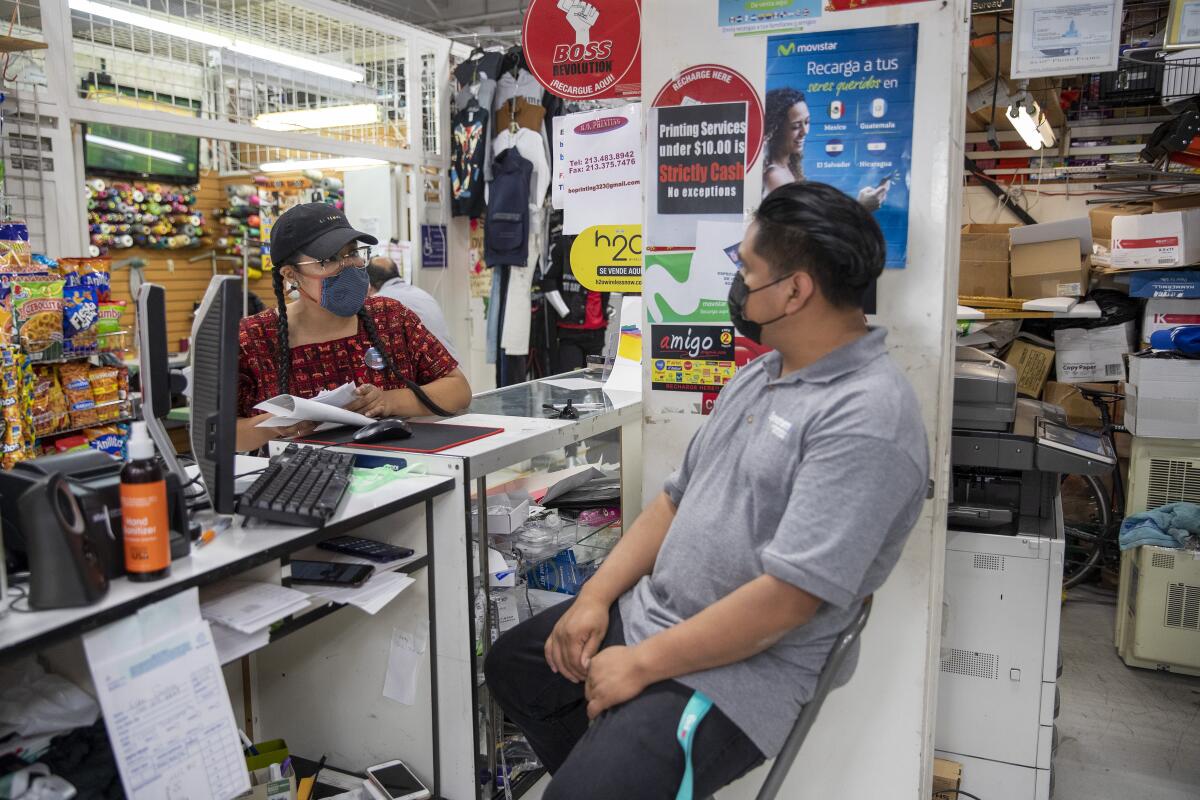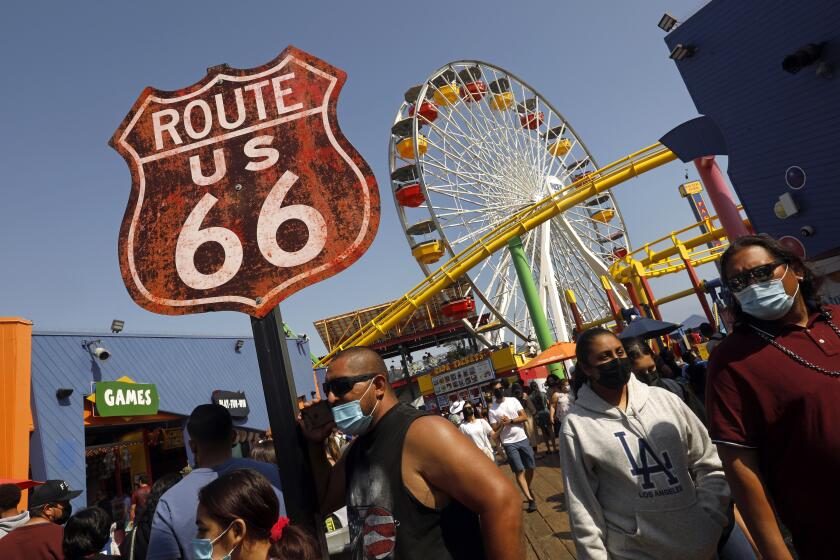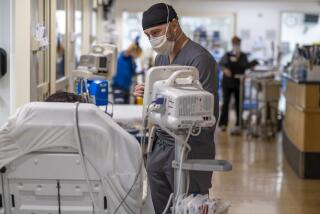California reopening: Why officials say it’s safer this time around

Tuesday is not the first time California has tried to reopen its economy during the pandemic.
But officials are hopeful it will be the last.
In the past, efforts to lift or ease restrictions on businesses and activities have triggered new surges of COVID-19. That deadly domino effect played out last spring, and again in the fall.
Those previous attempts pale in comparison to the scope of the state’s full reopening — which will see the end of virtually all coronavirus-related capacity restrictions, as well as masking and physical distancing requirements.
With the coronavirus fading dramatically and vaccinations on the rise, however, there’s optimism that history won’t repeat itself.
Here’s a rundown of what changes today: No more masks required for most vaccinated people, with a few exceptions.
Coronavirus in full retreat
At its peak in January, the state was reporting 45,000 coronavirus cases a day. Now, California is reporting an average of fewer than 1,000 new coronavirus cases per day over the most recent seven-day period, according to data compiled by The Times.
The last time case counts were lower was March 31, 2020 — when the pandemic was just beginning to roar to life and testing was so limited that many infections likely went undetected.
California’s latest seven-day average of 899 new coronavirus cases per day came even as roughly 107,000 tests were conducted daily over that same period, Times data show. In late spring of 2020, the earliest time that reliable data were available, about 50,000 tests were conducted daily.
COVID-19 hospitalizations are now at their lowest level since California began systematically tracking that statistic on March 30, 2020, when 1,617 people with the disease were in hospitals. As of Monday, there were 977 people with COVID-19 in California hospitals — down about 96% from the peak of nearly 22,000 hospitalized in early January.
An average of 15 COVID-19-related deaths have been reported daily over the last week, the lowest such number since late March 2020. At the death toll peak, California was reporting 549 COVID-19 deaths a day over a weekly period.
Vaccinations rising
In California, 57% of residents of all ages — and 72% of adults — have received at least one dose of vaccine. In total, 14 states and the District of Columbia now have at least 70% of their adults at least partially vaccinated, achieving a U.S.-wide goal President Biden had set with a July 4 target date.
The biggest concern now for many officials is persuading people who have not been vaccinated to get their shots.
California remains short of the level of vaccine coverage — usually estimated between 70% and 85% — believed necessary to finally put the pandemic in the rearview mirror.
Although health experts see reason for confidence as California ends many COVID restrictions, here are some dangerous health scenarios they’ll be watching out for.
Only about 48% of residents statewide are fully vaccinated, meaning they have either received both shots of the Pfizer-BioNTech or Moderna vaccines or the single required dose of Johnson & Johnson, Times data show.
An unknown number of residents who are not vaccinated may also be temporarily armored against the coronavirus because they developed natural immunity after being infected.
As of late May, the Los Angeles County Department of Health Services estimated that 63% of county residents had protection from COVID-19 — 38% because of prior infection.
There are still concerns about localized outbreaks in places with low vaccination rates, such as rural Northern California and the Central Valley. One potential issue is sufficient vaccination of farmworkers, a particular risk because they travel extensively throughout the state’s vast agricultural areas.
Gaps also persist among racial and ethnic groups. In L.A. County, young Latino and Black people continue to be less vaccinated on the whole than their white, Asian or Native American counterparts.
Vaccinated workers might no longer need to wear masks by the end of the week if a board approves a proposal and Gov. Gavin Newsom issues an executive order.
Reopenings without spikes
Tuesday’s reopening comes after months of gradually easing business restrictions statewide.
Those changes — which allowed higher capacity in retail establishments and more indoor group events — did not bring new rises in the coronavirus. In fact, virus spread kept declining.
Unvaccinated still at risk
Californians who are fully vaccinated against COVID-19 are now able to shed their face masks in most situations. But there’s also an expectation that unvaccinated people may violate rules that generally instruct them to continue wearing masks.
If they start going without face coverings while in close contact with other unvaccinated people — and vaccination rates are not high enough to prevent outbreaks from occurring — it’s possible more unvaccinated people will be at higher risk for contracting the virus and falling ill with COVID-19.
Vaccinated Californians 18 and older will have a chance to win trips to San Francisco, Palm Springs, Anaheim, Los Angeles or San Diego in a new Vax for the Win lottery to be held July 1.
Testing is still essential
L.A. County officials recommended testing in these circumstances:
• When anyone comes down with signs or symptoms of COVID-19, regardless of vaccination status. (It’s extraordinarily rare for a fully vaccinated person to come down with symptoms of COVID-19 — only 0.03% of 3.3 million L.A. County residents who had been fully vaccinated as of May 7 later tested positive for the coronavirus. Only 0.002% were hospitalized.)
• When unvaccinated people discover they’ve been in close contact with someone who has been confirmed to have COVID-19.
• When unvaccinated people have been potentially exposed to the coronavirus.
After more than 14 months of life torn asunder by the pandemic, the holiday weekend brought no small measure of relief as Californians cautiously resumed doing the things they normally do, starting with barbecues and trips to the beach.
Risks remain
Public health experts say there are things to watch out for in the coming weeks and months that could interrupt progress.
In places with low vaccination rates, “we’re gonna see outbreaks,” said Dr. Mark Ghaly, California Health and Human Services secretary.
For people who are still unvaccinated, experts are increasingly concerned about the danger posed by the Delta variant of the coronavirus, first detected in India.
Some areas of California have vaccination rates that lag far behind the statewide figure. Although 57% of Californians are at least partially vaccinated, some counties lag behind, including Riverside (46%); San Bernardino (42%); Merced (39%); Tulare (39%); Kern (38%); and Kings (32%), Times data show.
Many rural Northern California counties also have a low rate, such as Siskiyou (40%), Shasta (37%), Yuba (34%), Tehama (30%) and Lassen (21%).
More to Read
Start your day right
Sign up for Essential California for news, features and recommendations from the L.A. Times and beyond in your inbox six days a week.
You may occasionally receive promotional content from the Los Angeles Times.













